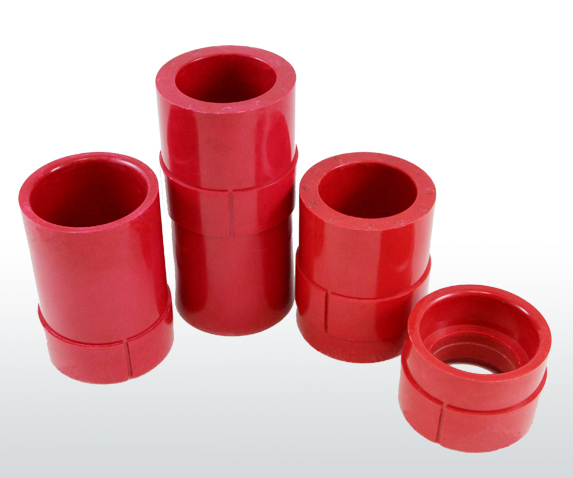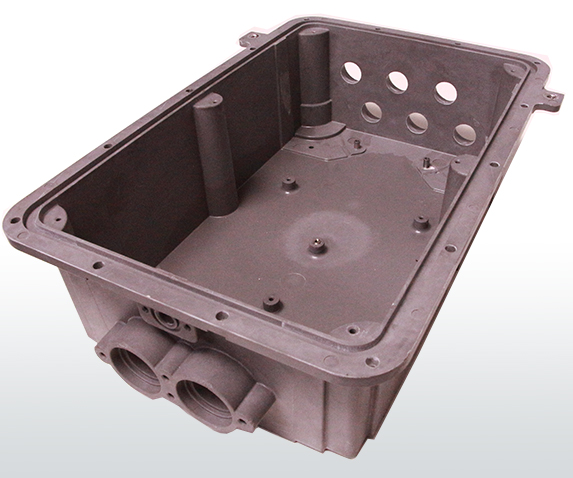Using Thermosets in Electrical Components
As a performance-based molding material, thermoset plastics are widely used in various electrical component applications. Implementing a molded thermoset into a product design gives the product added protection against challenging electrical environments in which components and part assemblies are at the risk of degradation. Parts such as circuit breakers, electrical enclosures or housings, covers, relays, switches, insulators, and motor components rely on a strong molding material that exhibits strong dielectric properties, thermal shock resistance, corrosion resistance, arc resistance, and electrically insulating properties.
Certain electrical applications such as covers, housings, and circuit breakers require a molding material that will protect sensitive internal electronics and components. Thermosets are dielectrically strong, providing protection against high temperatures or electrical voltage an application may see. Where engineering thermoplastics may melt or disfigure in high heat or high voltage environments, thermoset parts remain durable, keeping the physical integrity of a part intact and eliminating the potential for product failure in the field.
Aside from insulating properties, thermosets are an excellent choice for electrical applications exposed to outdoor conditions and variables. Components must stand up to extreme cold and hot weather, from Arizona summers to Alaskan winters. Thermosets have excellent thermal shock resistant, providing stability to withstand rapid changes in temperature. Additionally, thermosets are moisture resistant, with protection against rain, snow, and dew, and can be formulated with UV additives for added UV resistance against the sun’s ultraviolet rays.





Comments are closed